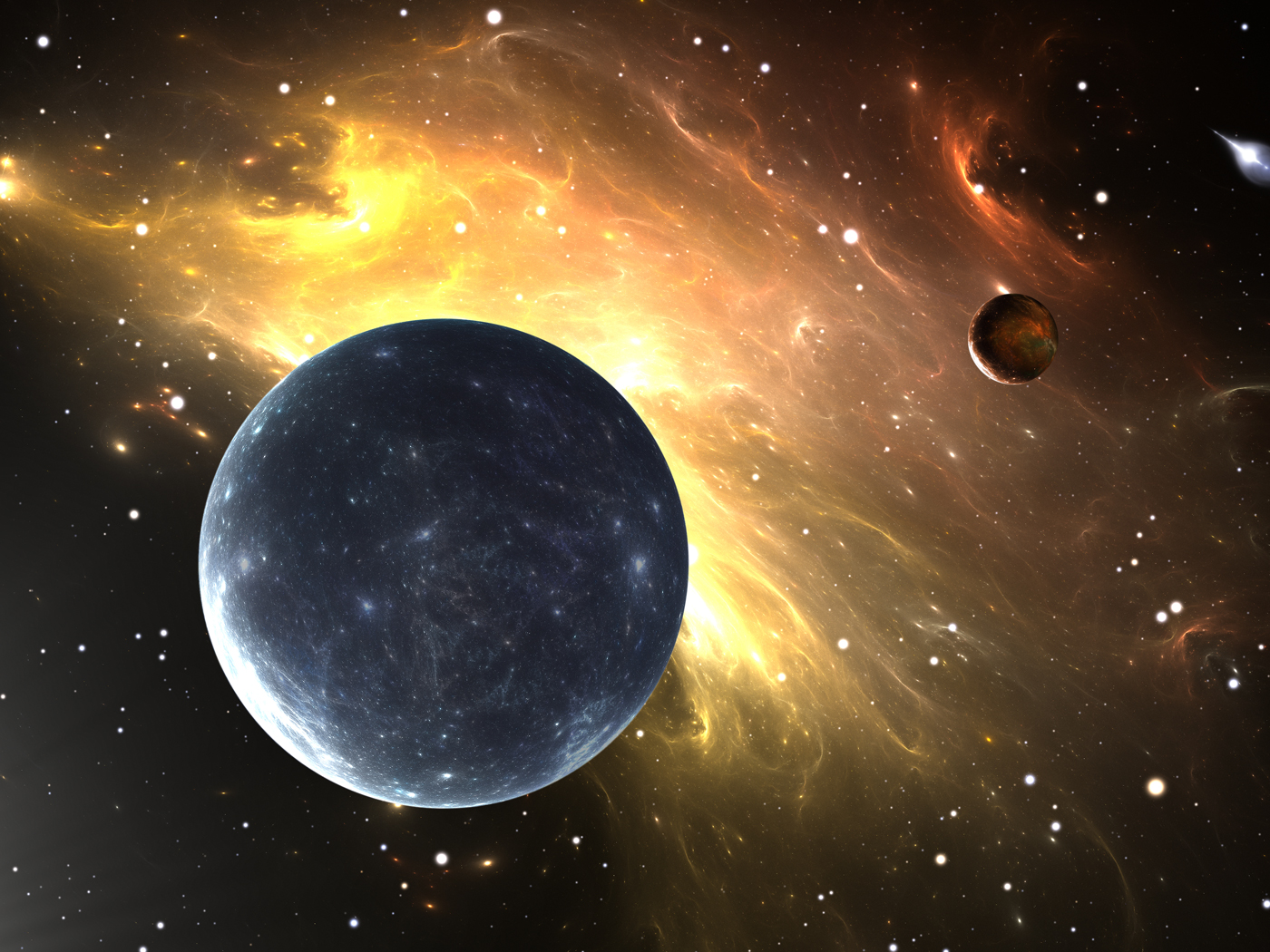by Andrew A. Snelling, Ph.D. and David E. Rush, M.S.
Published in: Creation Ex-Nihilo Technical Journal, volume 7, number 1, pp. 2–42, 1993.
© Copyright 1993 by Answers in Genesis A. C. N. 010 120 304. All Rights Reserved.
Abstract
Using a figure published in 1960 of 14,300,000 tons per year as the meteoritic dust influx rate to the earth, creationists have argued that the thin dust layer on the moon’s surface indicates that the moon, and therefore the earth and solar system, are young. Furthermore, it is also often claimed that before the moon landings there was considerable fear that astronauts would sink into a very thick dust layer, but subsequently scientists have remained silent as to why the anticipated dust wasn’t there. An attempt is made here to thoroughly examine these arguments, and the counter arguments made by detractors, in the light of a sizable cross-section of the available literature on the subject.
Of the techniques that have been used to measure the meteoritic dust influx rate, chemical analyses (of deep sea sediments and dust in polar ice), and satellite-borne detector measurements appear to be the most reliable. However, upon close examination the dust particles range in size from fractions of a micron in diameter and fractions of a microgram in mass up to millimeters and grams, whence they become part of the size and mass range of meteorites. Thus the different measurement techniques cover different size and mass ranges of particles, so that to obtain the most reliable estimate requires an integration of results from different techniques over the full range of particle masses and sizes. When this is done, most current estimates of the meteoritic dust influx rate to the earth fall in the range of 10,000–20,000 tons per year, although some suggest this rate could still be as much as up to 100,000 tons per year.
Apart from the same satellite measurements, with a focusing factor of two applied so as to take into account differences in size and gravity between the earth and moon, two main techniques for estimating the lunar meteoritic dust influx have been trace element analyses of lunar soils, and the measuring and counting of microcraters produced by impacting micrometeorites on rock surfaces exposed on the lunar surface. Both these techniques rely on uniformitarian assumptions and dating techniques. Furthermore, there are serious discrepancies between the microcrater data and the satellite data that remain unexplained, and that require the meteoritic dust influx rate to be higher today than in the past. But the crater-saturated lunar highlands are evidence of a higher meteorite and meteoritic dust influx in the past. Nevertheless, the estimates of the current meteoritic dust influx rate to the moon’s surface group around a figure of about 10,000 tons per year.
Prior to direct investigations, there was much debate amongst scientists about the thickness of dust on the moon. Some speculated that there would be very thick dust into which astronauts and their spacecraft might “disappear," while the majority of scientists believed that there was minimal dust cover. Then NASA sent up rockets and satellites and used earth-bound radar to make measurements of the meteoritic dust influx, results suggesting there was only sufficient dust for a thin layer on the moon. In mid-1966 the Americans successively soft-landed five Surveyor spacecraft on the lunar surface, and so three years before the Apollo astronauts set foot on the moon NASA knew that they would only find a thin dust layer on the lunar surface into which neither the astronauts nor their spacecraft would “disappear.” This was confirmed by the Apollo astronauts, who only found up to a few inches of loose dust.
The Apollo investigations revealed a regolith at least several meters thick beneath the loose dust on the lunar surface. This regolith consists of lunar rock debris produced by impacting meteorites mixed with dust, some of which is of meteoritic origin. Apart from impacting meteorites and micrometeorites it is likely that there are no other lunar surface processes capable of both producing more dust and transporting it. It thus appears that the amount of meteoritic dust and meteorite debris in the lunar regolith and surface dust layer, even taking into account the postulated early intense meteorite and meteoritic dust bombardment, does not contradict the evolutionists' multi-billion year timescale (while not proving it). Unfortunately, attempted counter-responses by creationists have so far failed because of spurious arguments or faulty calculations. Thus, until new evidence is forthcoming, creationists should not continue to use the dust on the moon as evidence against an old age for the moon and the solar system.
Keywords
Meteoritic Dust, Dust Influx Rates, Earth, Moon’s Surface Dust Layer, Age of the Solar System, Chemical Analyses, Deep Sea Sediments, Polar Ice, Satellite-Borne Detectors, Dust Particles Size Range, Lunar Soils, Lunar Microcraters, Lunar Highlands, Moon Dust Thickness Speculations, Surveyor Spacecraft Investigations, Apollo Astronauts, Lunar Regolith, Lunar Surface Processes, Thin Lunar Surface Dust Layer, Creationist Counter Responses.
For Full Text
Please see the Download PDF link above for the entire article.













